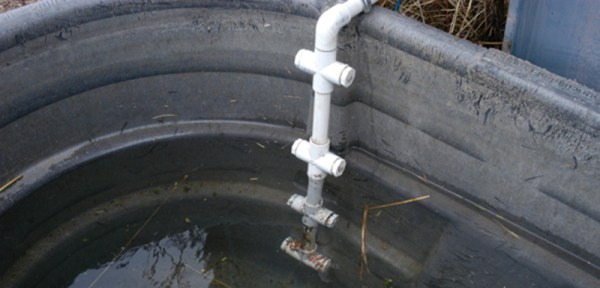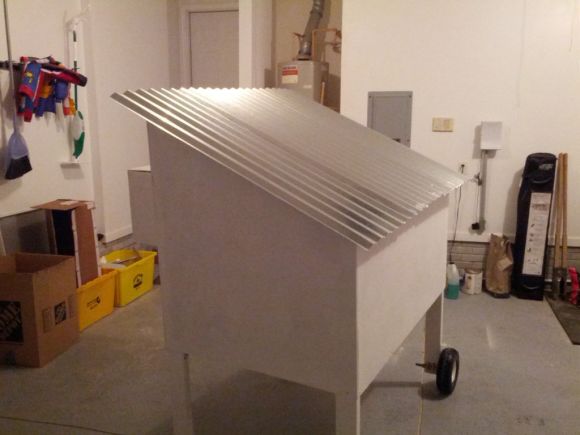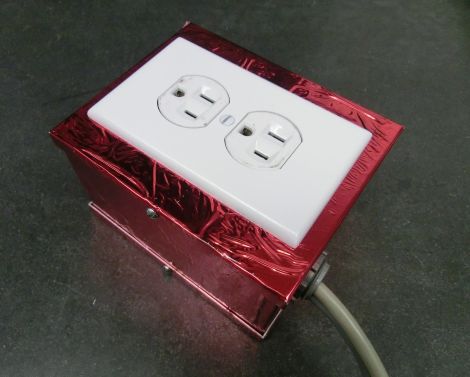The itch to investigate lurks within all us hackers. Sometimes, you just have to pull something apart to learn how it works. [Stephen Crosby] found himself doing just that when he got his hands on a Flume water monitor.
[Stephen] came by the monitor thanks to a city rebate, which lowered the cost of the Flume device. It consists of two main components: a sensor which is strapped to the water meter, and a separate “bridge” device that receives information from the sensor and delivers it to Flume servers via WiFi. There’s a useful API for customers, and it’s even able to integrate with a Home Assistant plugin. [Stephen] hoped to learn more about the device so he could scrape raw data himself, without having to rely on Flume’s servers.
Through his reverse engineering efforts, [Stephen] was able to glean how the system worked. He guides us through the basic components of the battery-powered magnetometer sensor, which senses the motion of metering components in the water meter. He also explains how it communicates with a packet radio module to the main “bridge” device, and elucidates how he came to decompile the bridge’s software.
When he sent this one in, [Stephen] mentioned the considerable effort that went into reverse engineering the system was “a very poor use” of his time — but we’d beg to differ. In our book, taking on a new project is always worthwhile if you learned something along the way. Meanwhile, if you’ve been pulling apart some weird esoteric commercial device, don’t hesitate to let us know what you found!


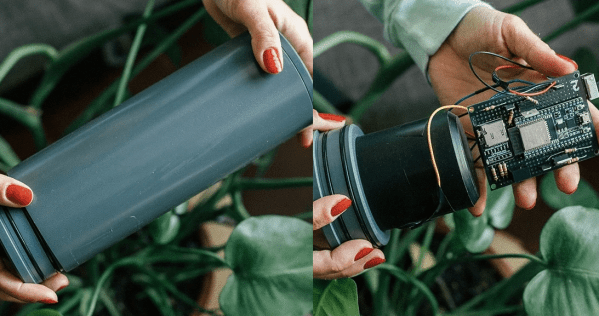
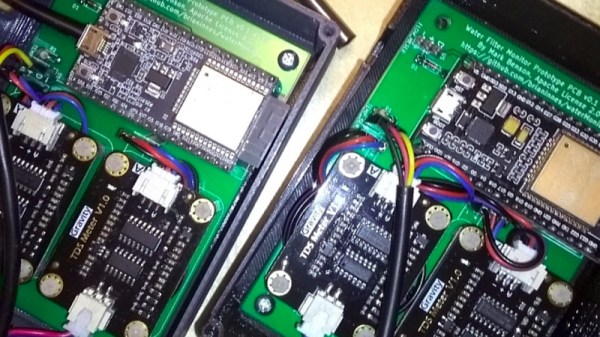
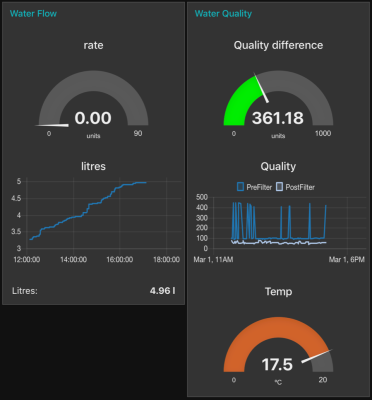 The water passing through the filter is monitored by a couple of DFRobot TDS modules, a flow meter, and a DS18B20 temperature sensor. The data from these is fed into an ESP32 dev board, which makes it available by a web interface for handy accessibility through a smartphone. It can then be used to work out how much of the filter’s capacity has been used, and indicate when a replacement is needed. All the code is available in
The water passing through the filter is monitored by a couple of DFRobot TDS modules, a flow meter, and a DS18B20 temperature sensor. The data from these is fed into an ESP32 dev board, which makes it available by a web interface for handy accessibility through a smartphone. It can then be used to work out how much of the filter’s capacity has been used, and indicate when a replacement is needed. All the code is available in 